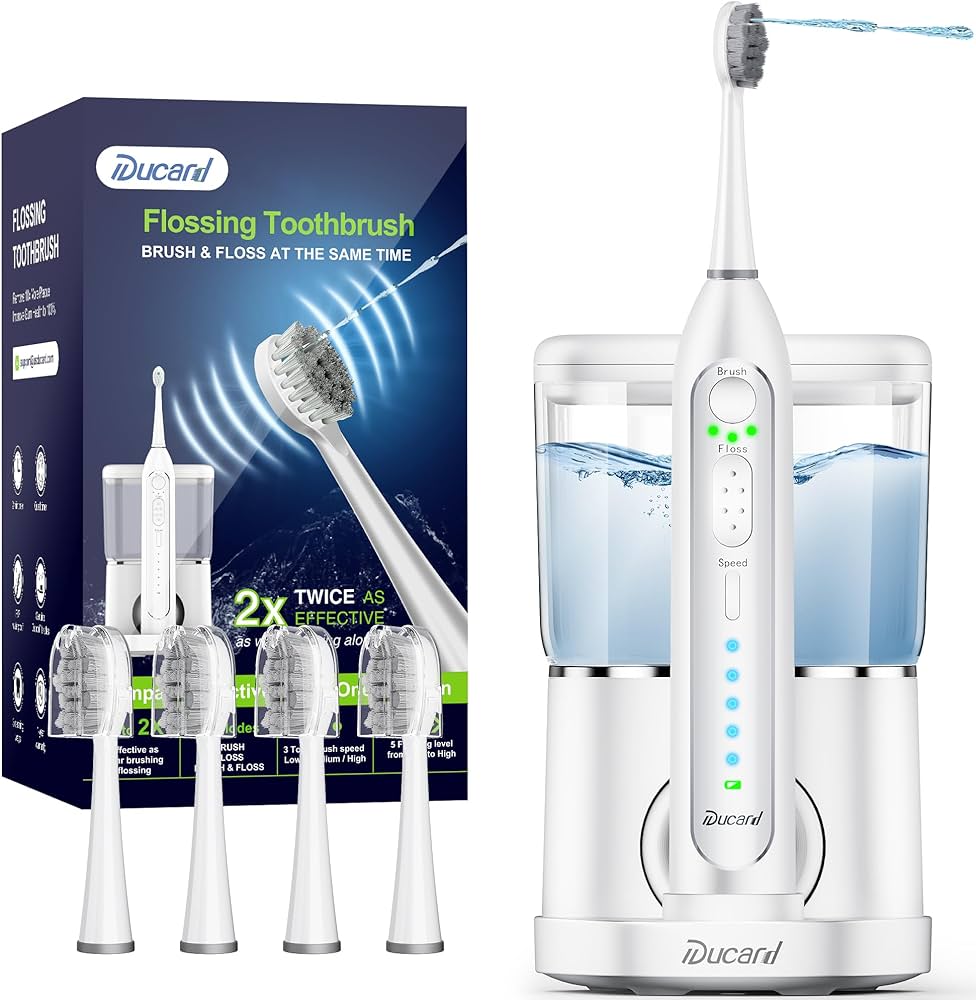
Do you still brush in circles with electric toothbrush?
Introduction:
The introduction of electric toothbrushes has revolutionized the way we clean our teeth. With their advanced cleaning technologies and features, electric toothbrushes provide effective plaque removal and promote better oral hygiene. However, there is a common question regarding the brushing technique with electric toothbrushes. Do you still brush in circles with an electric toothbrush? In this guide, we will explore different brushing techniques for electric toothbrushes, highlighting the recommended approaches and discussing the effectiveness of circular brushing motions. By understanding the various techniques, you can adapt your brushing style to maximize the benefits of your electric toothbrush and maintain good oral health.
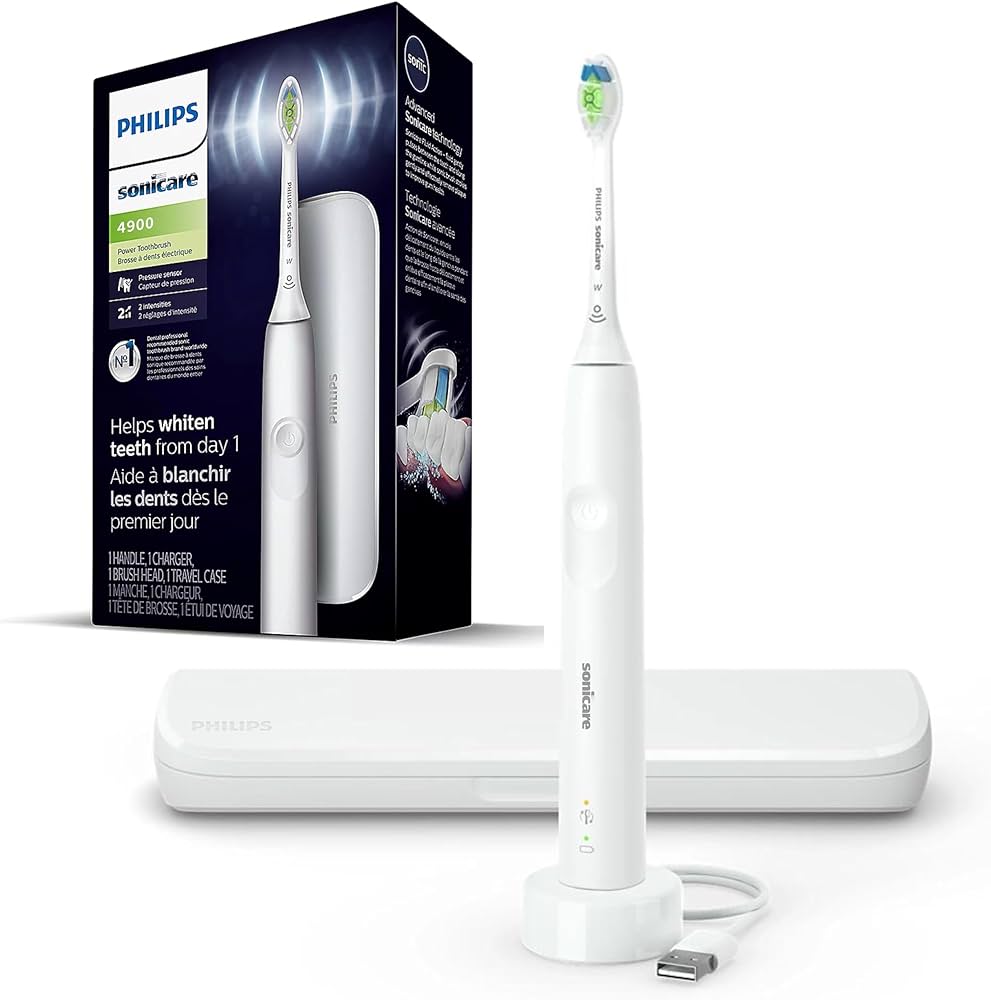
Do you still brush in circles with electric toothbrush?
Understanding Electric Toothbrush Technology:
Electric toothbrushes utilize different cleaning technologies, such as oscillating, rotating, pulsating, or sonic vibrations. These technologies provide a range of motions that can effectively remove plaque and clean teeth and gums.
The Recommended Brushing Techniques:
While electric toothbrushes offer a variety of cleaning motions, the recommended brushing techniques focus more on the position and movement of the brush head than specifically on circular motions. Here are some techniques commonly recommended for using an electric toothbrush effectively:
a) Positioning technique: Place the brush head of your electric toothbrush at a 45-degree angle to the gumline. This angle helps ensure that the bristles reach both the teeth and the gumline for thorough cleaning.
b) Gentle brushing pressure: Apply gentle pressure while using an electric toothbrush. Let the bristles and the motion of the brush head do the work for you. Avoid excessive pressure, as it can cause gum irritation or damage.
c) Slow and systematic movements: Move the brush head slowly and systematically across all tooth surfaces, spending a few seconds on each tooth. Ensure that you cover the outer surfaces, inner surfaces, and chewing surfaces of your teeth.
Circular Brushing Motion with Electric Toothbrushes:
While the recommended brushing techniques for electric toothbrushes do not specifically focus on circular motions, some individuals may still prefer to use a circular brushing motion. The circular brushing motion involves moving the brush head in small circles while covering each tooth surface.
a) Effectiveness of circular motions: Circular brushing motions can be effective in removing plaque and debris. The circular motion allows the bristles to reach different angles and crevices, providing a thorough clean. However, it is important to note that the effectiveness of plaque removal also depends on other factors, such as the cleaning technology and the overall brushing technique used.
b) Personal preference: Some individuals find circular motions more comfortable or familiar, as they have used this technique with manual toothbrushes in the past. If you prefer a circular brushing motion with your electric toothbrush, you can incorporate it into your brushing routine as long as you follow the recommended positioning, pressure, and overall brushing technique.
Other Brushing Techniques for Electric Toothbrushes:
In addition to circular motions, there are other brushing techniques that can be effective with electric toothbrushes. These techniques focus on systematic coverage of all tooth surfaces and can help ensure thorough plaque removal.
a) Horizontal technique: Move the brush head in horizontal back-and-forth motions along the tooth surfaces. This technique can be effective in removing plaque and debris from the teeth.
b) Vertical technique: Instead of circular or horizontal motions, move the brush head in up-and-down or vertical motions along the tooth surfaces. This technique can help reach the gumline and remove plaque effectively.
c) Modified Bass technique: The Modified Bass technique involves placing the brush head at a 45-degree angle to the gumline and using short back-and-forth or vibrating motions. This technique targets both the teeth and the gumline, providing comprehensive cleaning.
Consult with a Dental Professional:
To determine the most suitable brushing technique for your specific oral health needs, it is always advisable to consult with a dental professional. They can assess your oral health, provide personalized recommendations, and guide you in choosing the most effective brushing technique for your electric toothbrush.
Conclusion:
When using an electric toothbrush, the focus is on the positioning, pressure, and overall brushing technique rather than specifically on circular motions. While some individuals may prefer circular motions with their electric toothbrush, it is important to follow the recommended brushing techniques that emphasize systematic coverage of all tooth surfaces. These techniques, such as horizontal, vertical, or the Modified Bass technique, are effective in plaque removal and ensuring overall oral hygiene. Ultimately, personal comfort and preference play a role in choosing the brushing technique. Consulting with a dental professional can provide personalized guidance and recommendations based on your specific oral health needs. By following the recommended techniques and adapting your brushing style to your electric toothbrush, you can maximize its benefits and maintain good oral health.




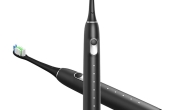
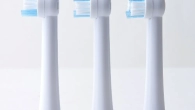
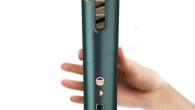

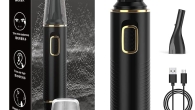
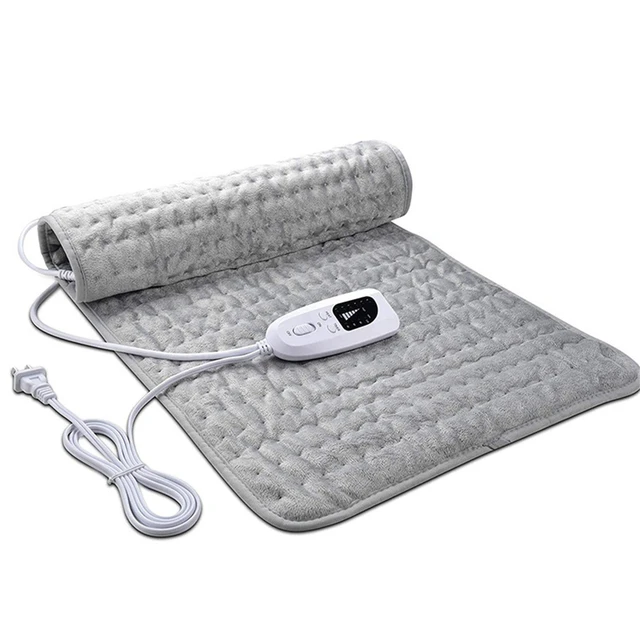
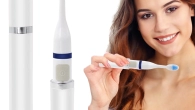

Leave a Reply
You must be logged in to post a comment.